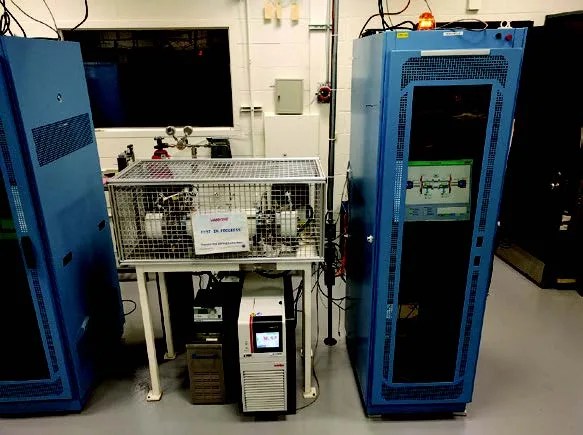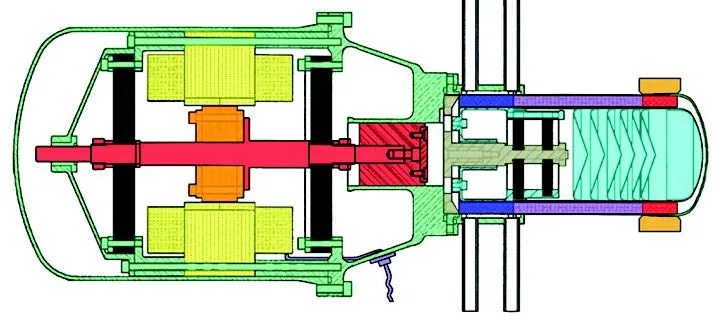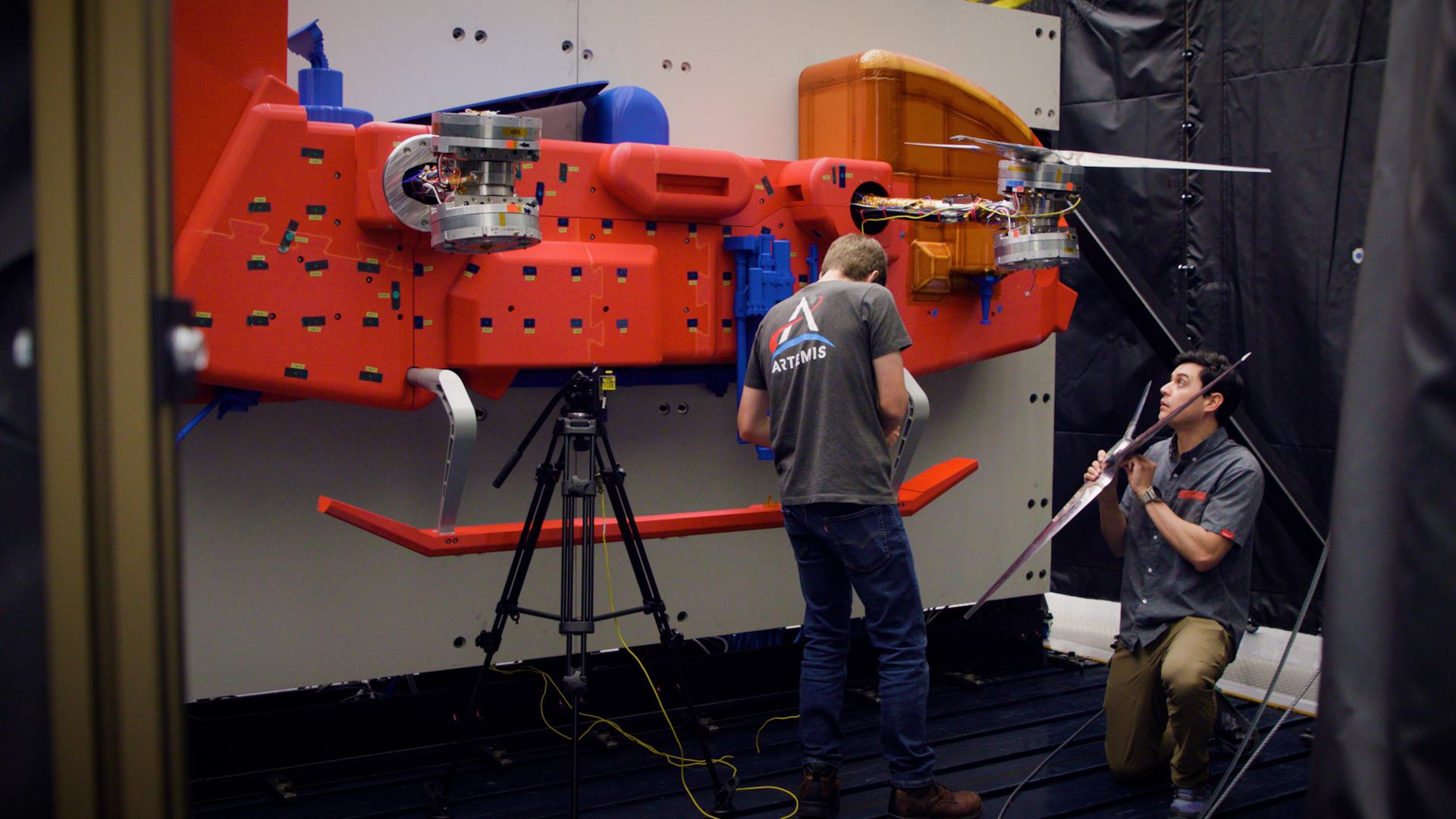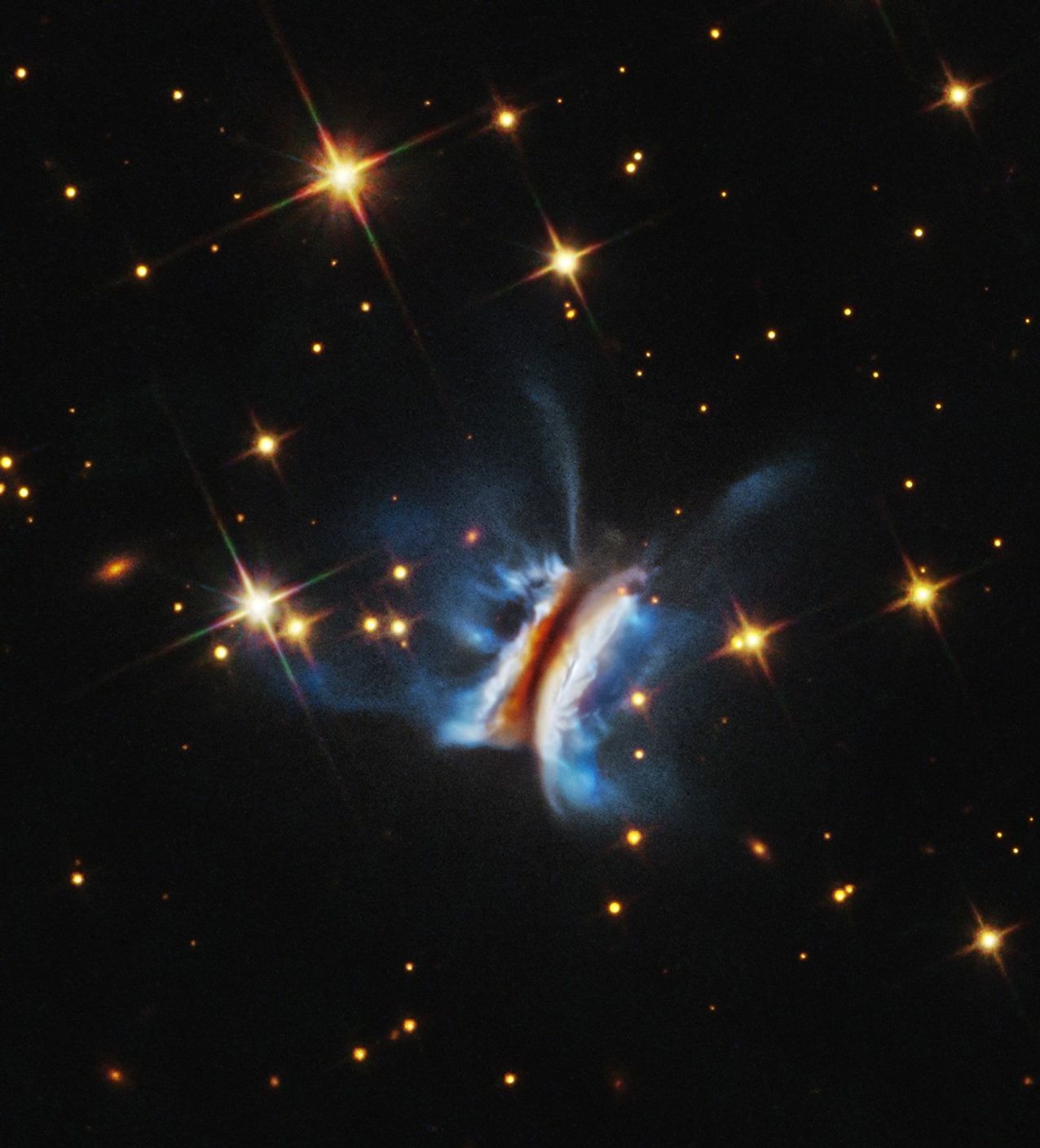Technology Development
NASA Glenn Research Center has been supporting the development of high-efficiency Stirling power convertors for potential use in Radioisotope Power Systems (RPS) for over a decade. Stirling convertors are engines that convert heat into electricity by oscillating a linear alternator.
Stirling power convertors in RPS can potentially reduce the amount of plutonium fuel required to achieve a given power level by a factor of four, all while maintaining the long life and high reliability needed to support space missions. In 2016, GRC researchers analyzed a longterm demonstration of Stirling power convertor technology, and the results indicate the promise of this technology for use in future missions.
In the early 2000s, several Stirling convertor prototypes were fabricated and placed on extended operation at GRC to demonstrate long life. Two of these units, designated Technology Demonstration Convertors (TDC) #13 and #14, have each accumulated 103,000 hours of operation (11.7 years). In 2016, the NASA GRC team completed an evaluation of the TDCs’ performance and found no performance degradation, indicating that these units have demonstrated the reliability necessary for a long-life dynamic power convertor.
Despite the presence of moving components, these Stirling-cycle machines have achieved long life through the elimination of wear mechanisms and use of advanced high-cycle components and high-temperature materials. Flexure bearings are used in the TDCs to suspend the moving components without any contact, while maintaining a close-clearance seal between the piston and cylinder. Developers designed the flexures that experience high-cycle oscillating stress to have a fatigue life well above the required life of the device. The high-temperature materials are designed for the required life as well.
Impact
Many missions that use RPS travel to the outer reaches of the solar system, and thus have long mission durations—in some cases as long as 17 years. Any power convertor integrated into an RPS must operate continuously during the entire mission. This long-term demonstration of dynamic power convertor reliability is a critical step in the realization of an improved RPS. Currently available RPS options use the radioisotope fuel’s energy at an efficiency of approximately 6%. A Stirling-based RPS could boost this efficiency to 20% or higher, significantly increasing the power NASA science and exploration missions can obtain from the finite U.S. supply of plutionium-238. A Stirling-based RPS also has the potential to significantly increase the specific power of a generator, which could enable a new class of science missions by coupling RPS with electric propulsion.
Status and Future Plans
The continuous power production of the two TDCs for over 11 years provides evidence that dynamic power conversion can be relied upon for space exploration. To confirm that minimal or no wear has been experienced by these convertors, one of the 103,000-hr TDC units will be disassembled for inspection. The other unit will continue operation to support reliability assessment of flexure-based free-piston Stirling convertors. PSD is currently examining several different dynamic convertors in an effort to develop a robust and reliable radioisotope generator to support future missions. Data from this long-term TDC demonstration will provide valuable insight regarding the potential use of Stirling convertors in future flight hardware.
Sponsoring Organization
PSD’s Radioisotope Power Systems Program sponsors this technology development effort.




































